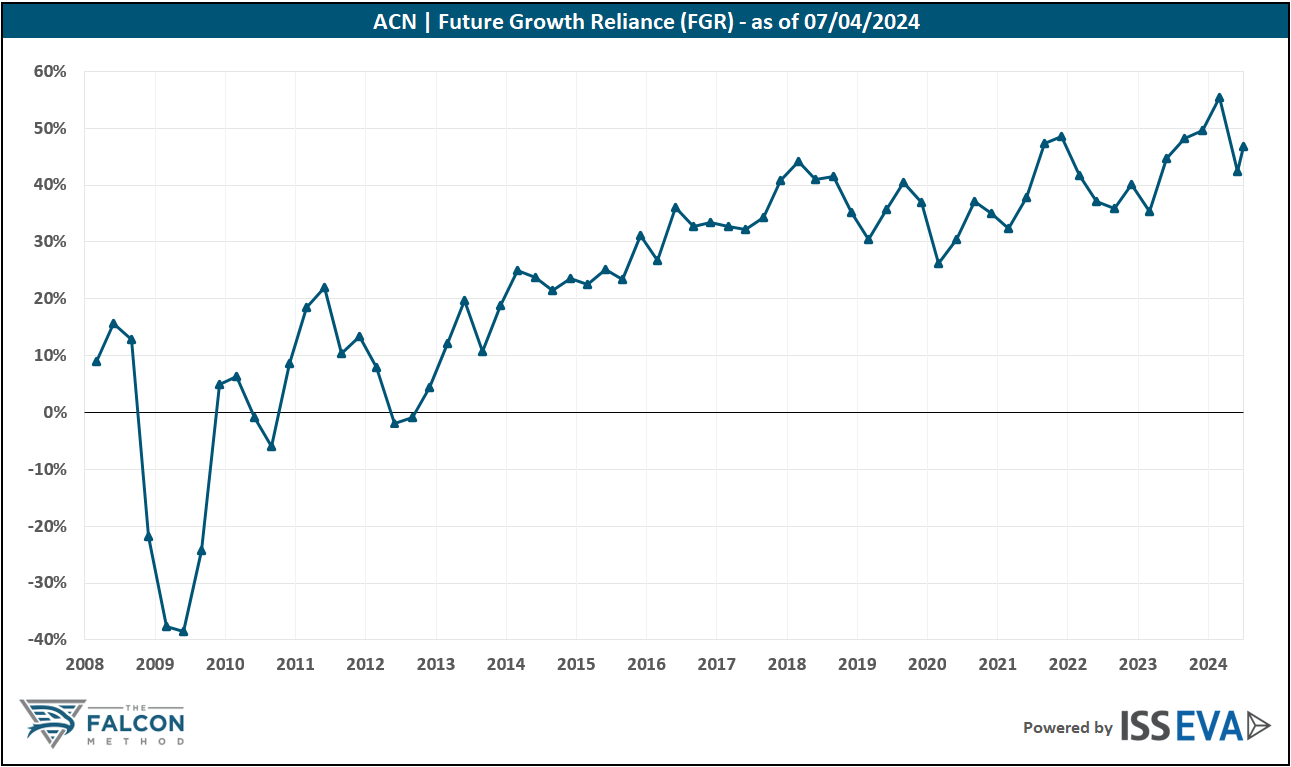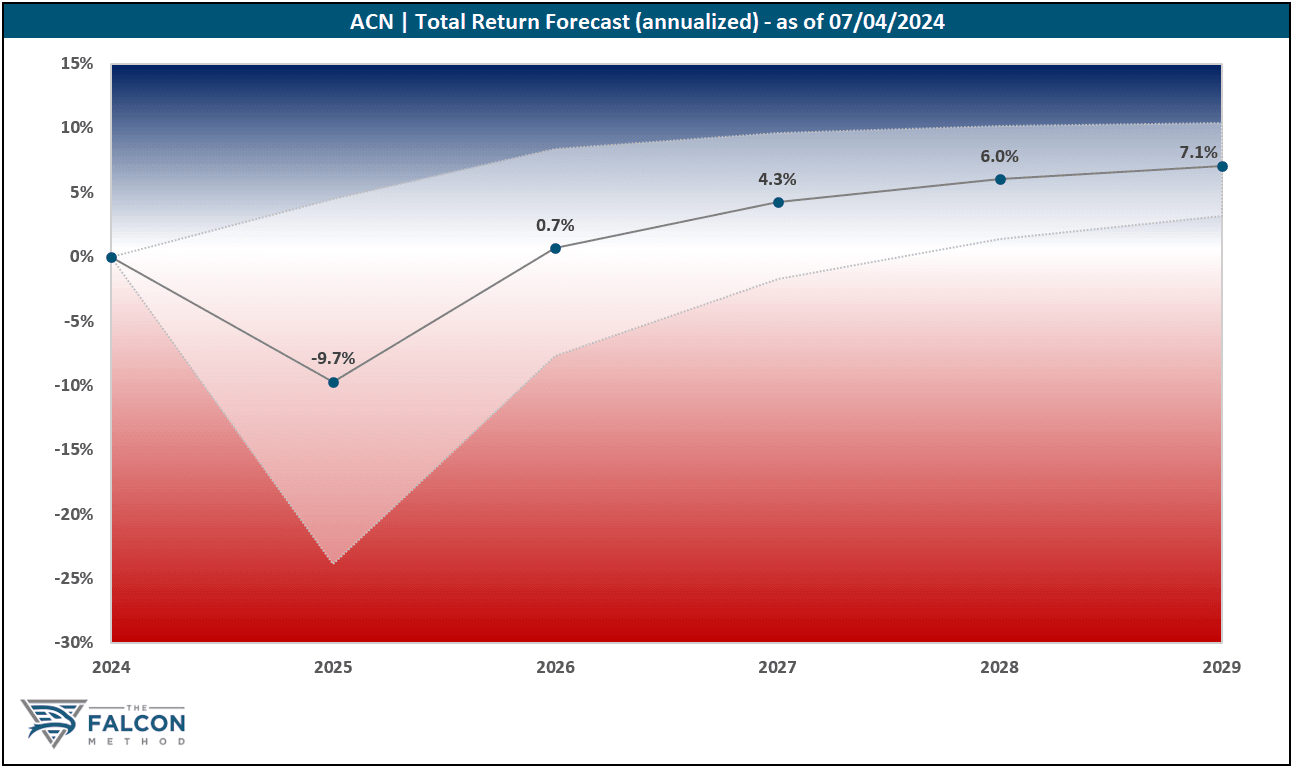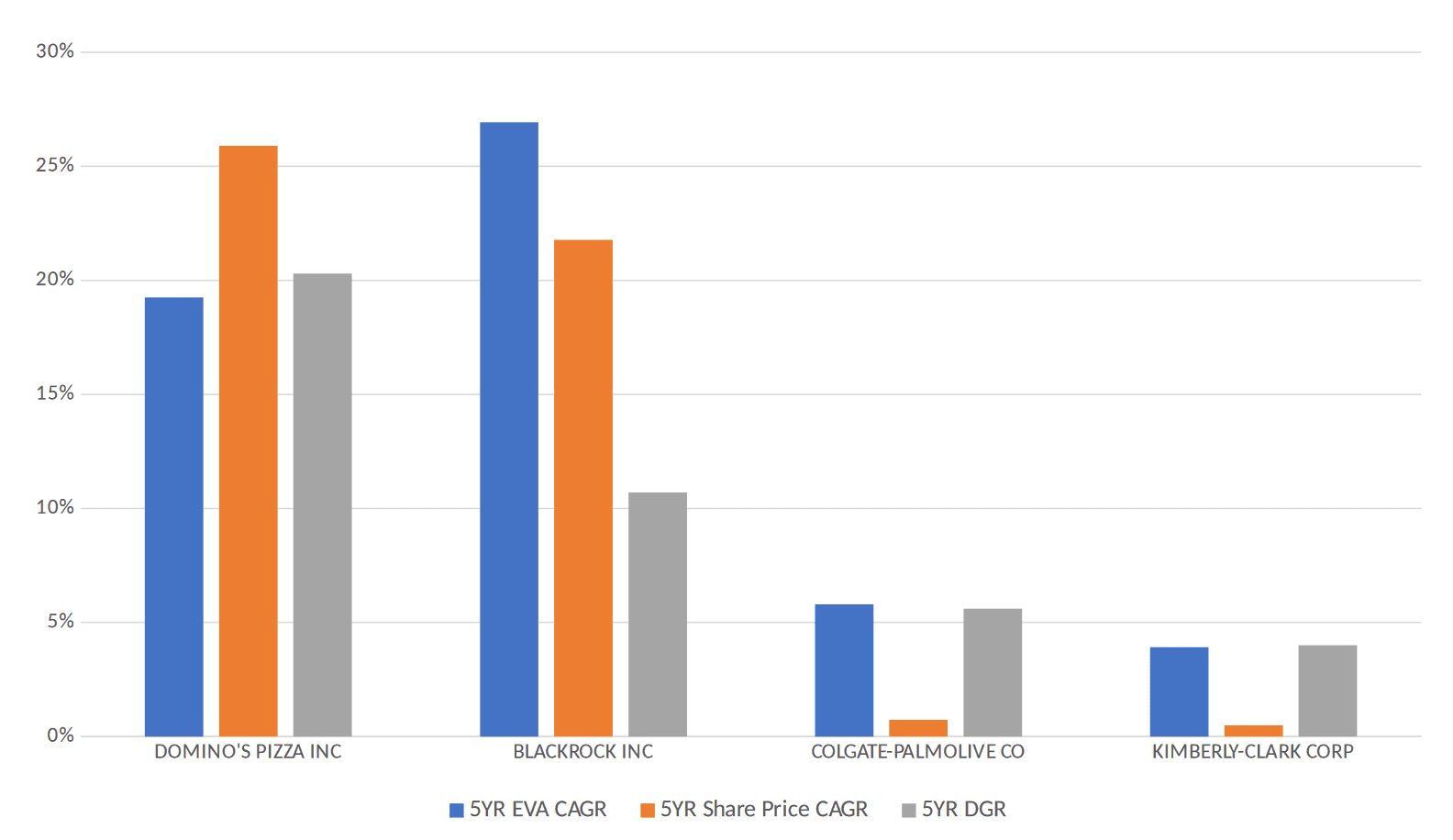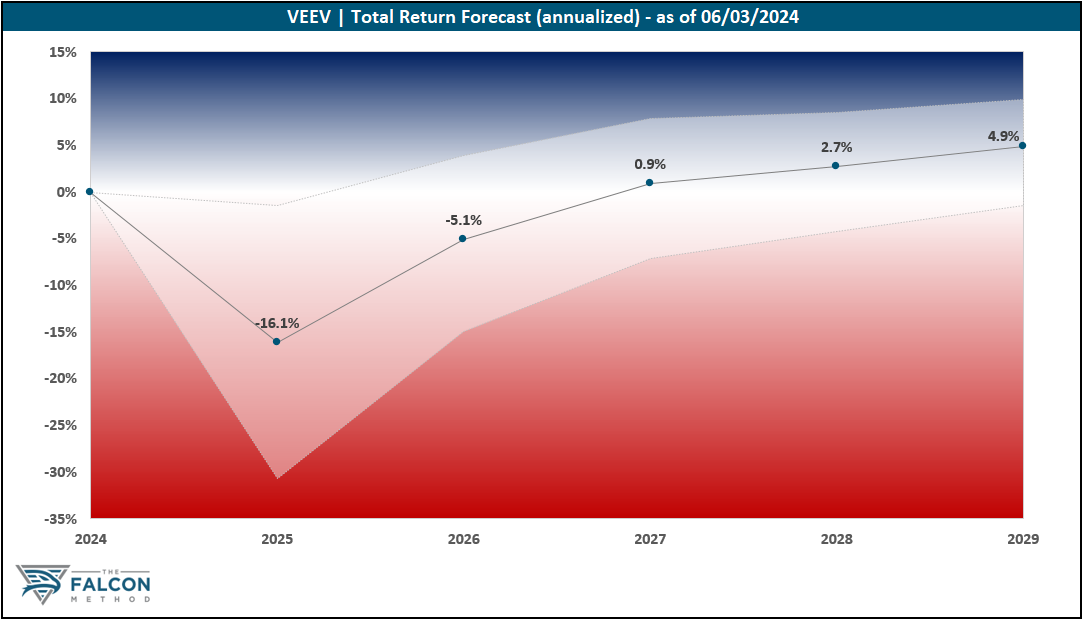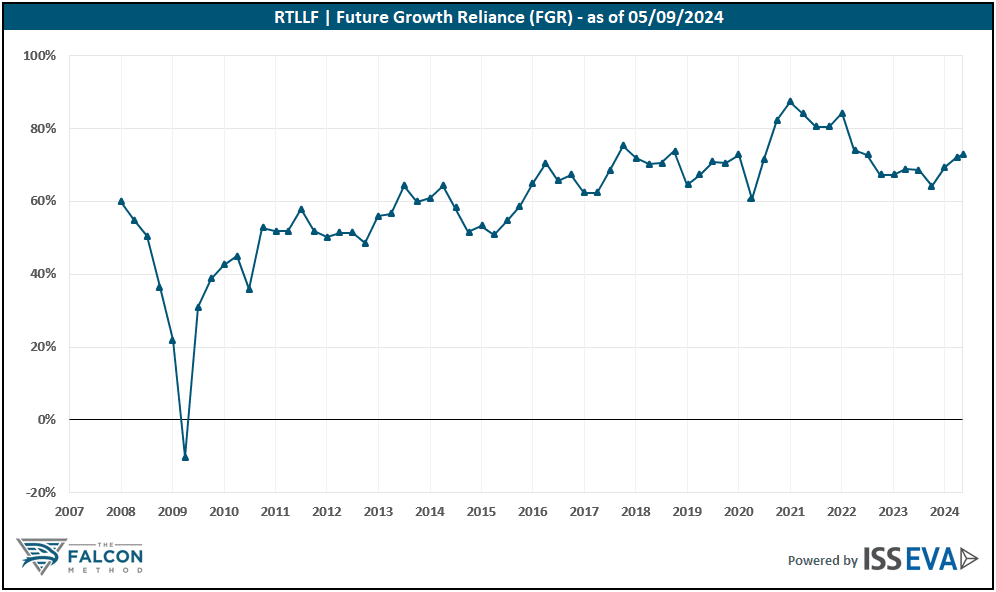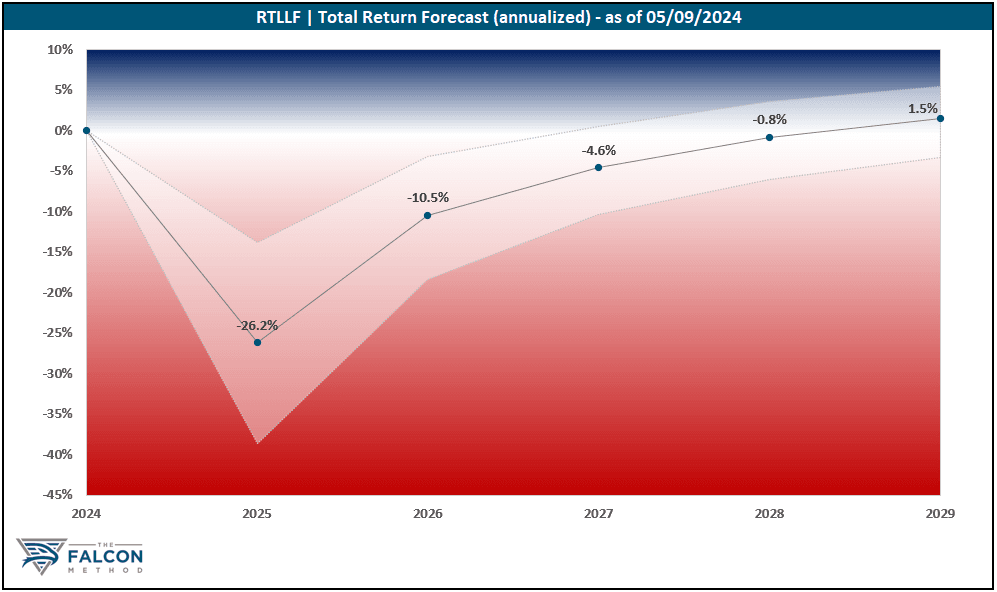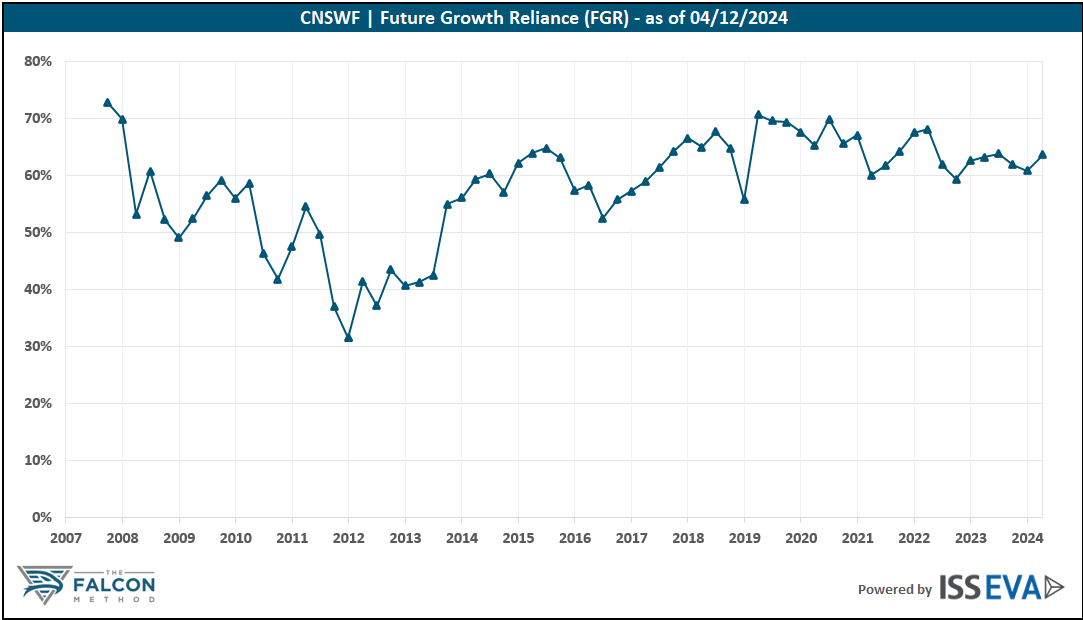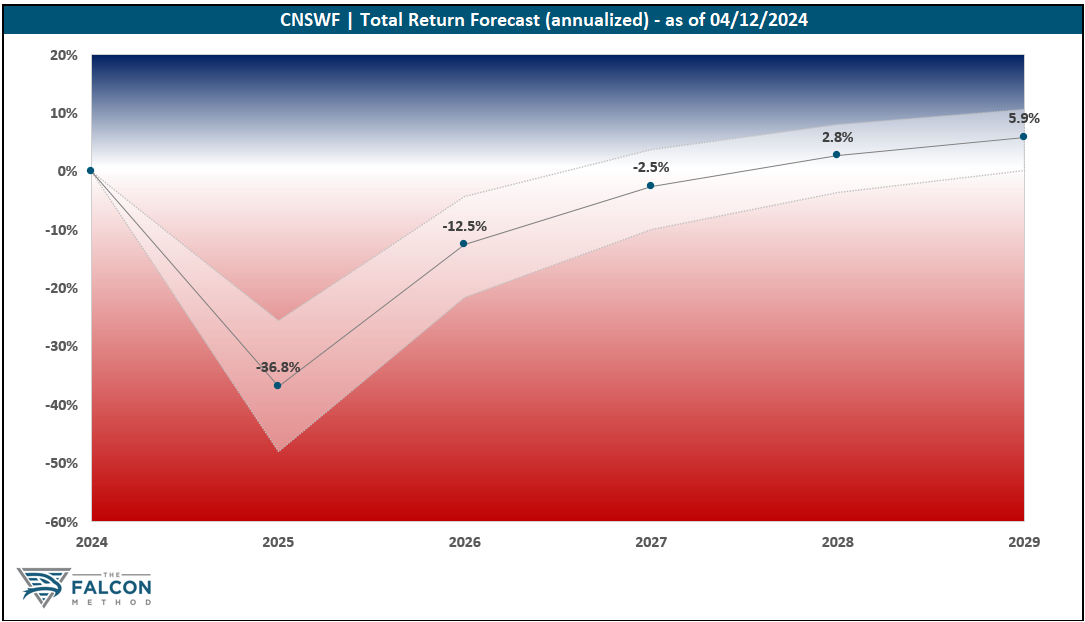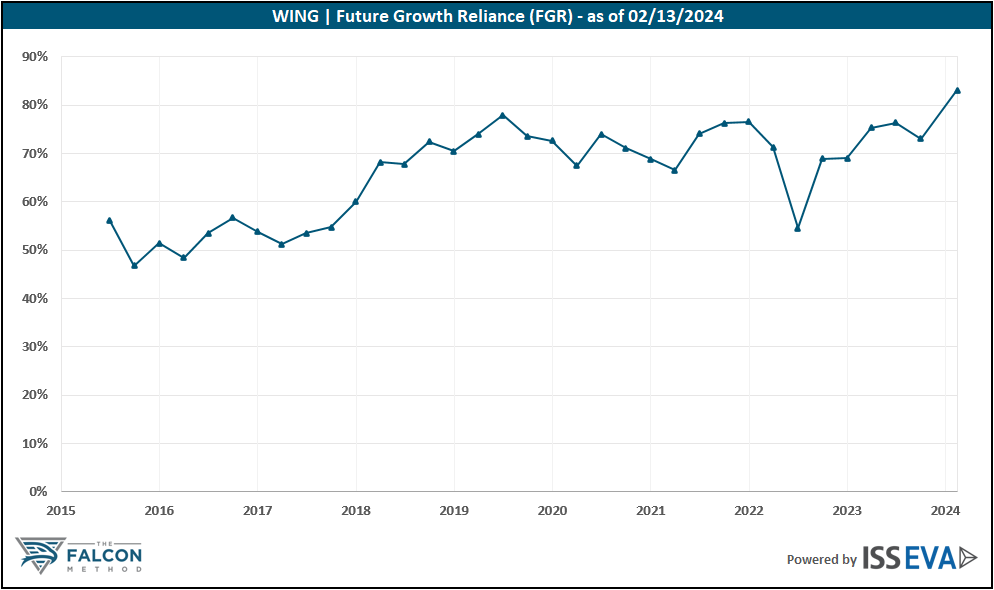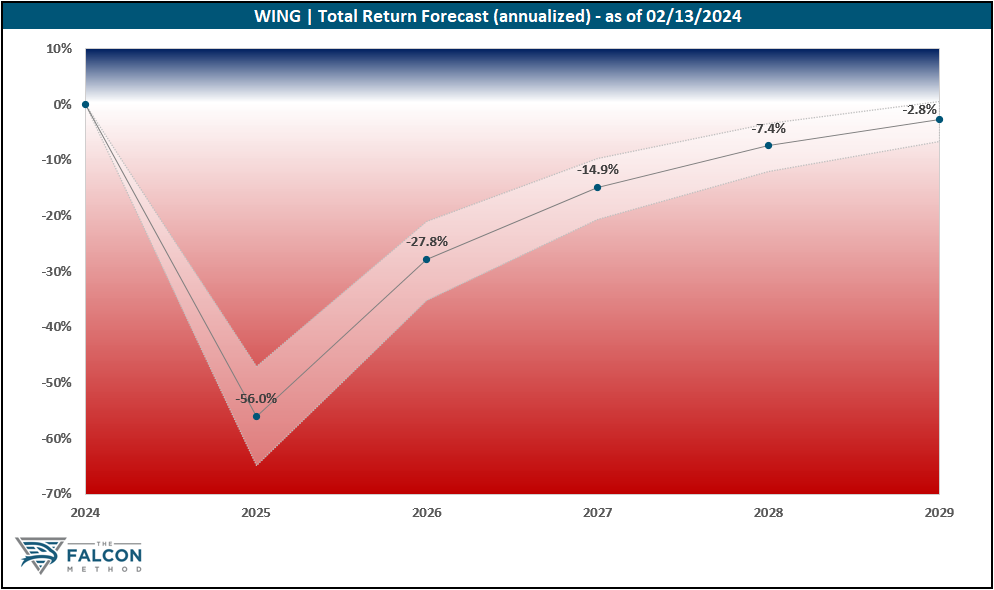“You can quit if you want, and no one will care. But you will know for the rest of your life.” (John Collins, IRONMAN co-founder)
Ironman is the fancy name of long-distance triathlon that consists of a 2.4-mile (3.8 km) swim, a 112-mile (180 km) bicycle ride, and a 26.22-mile (42.2 km) marathon run, in that order and without a break. By completing two Ironmans, I have gained some valuable insights along the way into how the characteristics required for success in long-distance endurance sports and long-term investing are strikingly similar.
I bet most of you didn’t know that reputable value investor Peter Cundill could run a marathon in under 3 hours, even past his young years. Also, did you notice anything special about Warren Buffett’s 2012 letter to shareholders? That’s the one in which he highlights that Berkshire has a lot of home-grown talent when it comes to sports: Ted Weschler, one of the younger investment managers, has run the marathon in 3:01, while his colleague Todd Combs specializes in triathlon. I believe it is not pure happenstance that some well-known investors are involved in endurance sports, so I’d like to share some parallels and revelations that came to me during those 20-hour training weeks.
Let’s start with the hidden element. Do you think that triathlon consists of only three parts: swim, bike, and run? Wrong. It’s humanly impossible to cross the finish line of an Ironman without following a good race nutrition protocol. This is the hidden element that the more spectacular parts cannot work without, and this field is much more complex than you might imagine. We also have such a crucially important invisible factor in investing: psychology. Anyone can crunch the numbers and do some kind of valuation, but most investors let their inborn biases sabotage their success. Psychology may not sound too exciting, but it still makes up about 90% of the success equation when it comes to investing.
How well can you endure monotony? Running 50+ laps on the track and cycling 90+ laps on a short flat track were part of my preparation. While my friends say they would go crazy if they had to do this, I usually have a great time during these training sessions. I can either switch off mentally and relax or direct my thoughts to something I want to delve deep into. There’s nothing fancy about an Ironman preparation like there is nothing fancy about sensible investing. You don’t change the strategy week in and week out just to get some excitement, and you must be prepared to stick with the boring stuff even when all the others seem to be having a great time. (The boring stuff refers to our hardly changing Top 10 of undervalued quality stocks in this overheated market.) Enduring monotony is essential to becoming a successful investor; chasing fads is detrimental to your wealth.
What about pain? In my experience, every big goal in life that is worth pursuing keeps asking along the way how bad you want it. Nothing comes easy, and the excuse to give up lurks around every corner. Let me be as straightforward as possible: you will have to endure suffering along the way to financial freedom. Neither sporting nor financial success can be achieved without pain. Only those who can keep buying the out-of-favor quality stocks when there’s blood in the streets will reach their goals. This is easier said than done; don’t say I didn’t warn you! I believe that I am mentally tougher than most people, and I often experience this at both triathlon races and stock investing. Sebastian Kienle, the 2014 Ironman World Championship winner, puts it this way: “If it’s hurting me, it’s killing them.” When it starts to really hurt me, the market has already fallen apart, and others have capitulated.
We are judged by what we finish, not what we start. Starting strong is meaningless if you cannot keep up the pace and thus end up quitting halfway through the race. Do you think it’s easy to find your own pace and stick to it no matter what the others are doing on the race track? Think again! Just like it is incredibly hard not to deviate from your investment plan when others are getting rich with seemingly ridiculous speculative bets, it also requires discipline not to follow the crowd at a race. My first competitive marathon taught me this lesson in an unforgettably painful way. Know your sustainable pace, have a plan, and stick to that plan no matter what!
You will only achieve your big goals if you learn to enjoy the way that leads to them. Yes, it will involve pain and suffering, but it also gives you a chance to get to know your true self. There’s a saying that “Triathlon doesn’t build character. It reveals it.” Keep monitoring your state of mind, and you can learn so much along the way that the race becomes a celebration of all your efforts and accomplishments. Your investment journey will also serve as a mirror that won’t do you any favors in the form of positive distortions. Are you prepared for what you’ll see?
No matter your goals, you must take 100% responsibility for all your actions and stop blaming circumstances outside your control. Those circumstances may affect others as well; it’s your reactions that determine your results. No excuses; you have to keep moving, “this marathon will not run itself,” as I usually say when I am unwilling to stop regardless of how I feel. Setbacks do happen; it’s up to you to make the most of them, learn the lessons, and come back stronger. If you have the determination and perseverance, you can become financially free, an Ironman, or whatever you set your sights on. It’s only a matter of time.
The key is setting the proper goals since you can have anything you want but not everything! You’ll need to prioritize, and after having your clear number one goal, it is wise to learn from someone who has already done what you are aiming for. This approach lets you proceed toward that goal on a somewhat less bumpy road at a higher-than-normal speed. This is exactly what the FALCON Method Newsletter is intended to help you with regarding your investments, and this is why I was following a training plan created by a professional triathlete with my Ironman preparation. Once you cross the finish line (achieve financial freedom, that is), you’ll realize that what you have learned and experienced along the way is much more valuable than reaching the goal itself. That knowledge is yours to keep forever, and you can share it for the benefit of your loved ones. The journey is the destination, as they say. It is time to stop wishing for that goal and start working for it.
If you liked this piece, you may also want to take a look at my Confessions of an Ironman book.
You can also find more insights and tips for your investment journey in our Blog.


